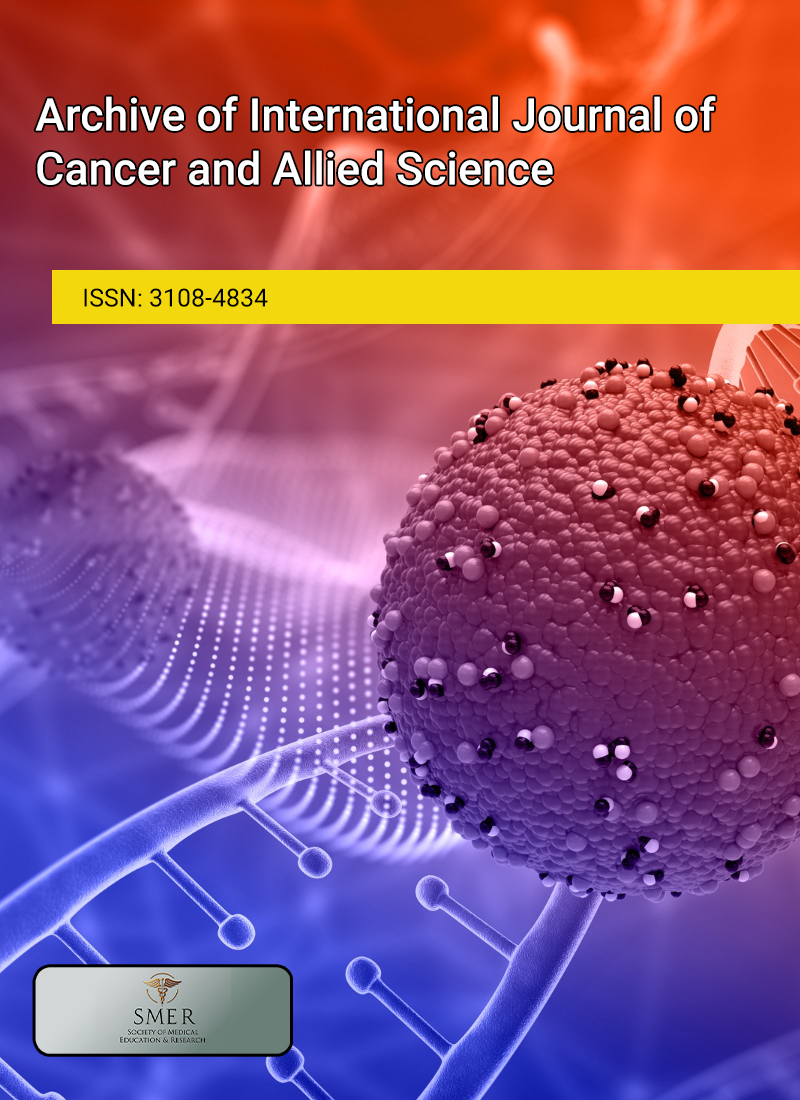
Recent evidence suggests that the PRIMA prognostic index (PRIMA-PI) may serve as a straightforward tool for risk stratification in patients with follicular lymphoma (FL). This study aimed to provide further insight into the prognosis of FL and retrospectively evaluated the prognostic utility of PRIMA-PI in comparison with the follicular lymphoma international prognostic index 2 (FLIPI2). A total of 45 newly diagnosed FL patients who received chemotherapy were included in this analysis. All patients underwent bone marrow biopsy to assess marrow involvement, and histological grading was performed according to WHO criteria. Overall survival (OS) was assessed using the Kaplan-Meier method and Cox proportional hazards modeling to assess the prognostic significance of FLIPI2, PRIMA-PI, and histologic grade. Based on FLIPI2, 9-year OS rates were 100% in the low-risk group, 52.9% in the intermediate-risk group, and 49.5% in the high-risk group. In comparison, PRIMA-PI classified the 9-year OS rates as 83.9% (low-risk), 68.2% (intermediate-risk), and 43.3% (high-risk). Based on histologic grade, 9-year OS rates were 83.3% for grade 1, 73% for grade 2, 59.3% for grade 3a, and 25% for grade 3b. Both univariate and multivariate analyses identified FLIPI2 and histologic grade as independent prognostic factors for OS, with statistical significance (P = 0.03 and P = 0.012, respectively). In contrast, PRIMA-PI did not reach statistical significance in predicting OS (P = 0.056). These findings suggest that caution is warranted when considering the widespread adoption of PRIMA-PI as a substitute for FLIPI2 in the prognostic evaluation of follicular lymphoma.